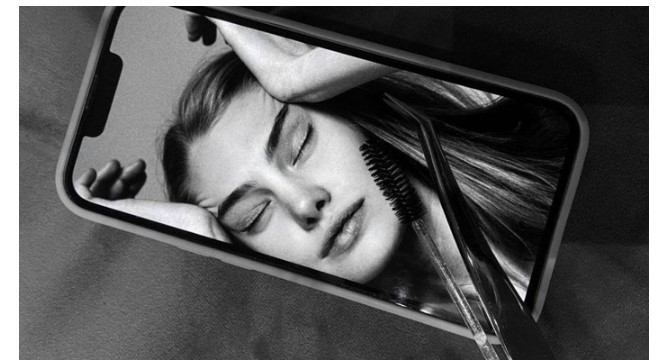Eyebrow transplant after care

Swelling and Bruising
Swelling and bruising can persist up to 10 days after the transplant and require specific care.
Asymmetry of the eyebrows during this period is natural due to swelling and is not a cause for concern.
A low-sodium diet to prevent more swelling and drinking plenty of fluids is suggested.
Use the prescribed medications (Anahil and Triamterene) to reduce swelling.
Apply a cold compress every 2 hours for 10 minutes on the eyelids (without touching the transplant area) for the first 48 hours. After 48 hours, switch to a warm compress.
Sleep semi-upright for 2 weeks and avoid sleeping on your side or face for one year. Avoid placing your hand on your eyebrows while sleeping.
Use a Bioptron device (available at the clinic) for 48 hours post-transplant to help with swelling and bruising.
Shedding and Growth
The shedding phase starts about 2 weeks after the transplant and continues for up to 3 months. Regrowth starts around the fourth month and takes about 9 months. The final result is visible after one year.
During this period, be patient and avoid using makeup and chemicals (eyebrow pencil, eyeshadow, soap, and eyebrow mascara) on the transplant area to prevent hair loss.
From the second month after the transplant, consult your doctor about mesotherapy and PRP to strengthen the transplanted hair roots.
From the first month after the transplant, use Cerita or Exiria eyebrow enhancers (as prescribed by the doctor) once daily for a year.
Attend the relevant follow-up appointments.
Take prescribed supplements for three to six months after the transplant.
Washing and Ointments
For the first four days, apply gentamicin ointment on the eyebrows at night and on the stitches twice daily (wash your hands thoroughly before applying).
After that, use erythromycin ointment on the eyebrows and stitches for 10 days.
Avoid wetting the transplant area or sweating heavily for the first 3 days.
Start washing from the fourth day post-transplant and continue for 10 days.
Take a warm shower for 20 minutes every morning to soak the eyebrows and stitches. Wash your hair with shampoo (preferably baby shampoo) and let the lather pass over the eyebrows. Do not touch the eyebrows until the 10th day post-transplant.
Wash the stitches thoroughly to prevent crusting and infection. After 10 days, brush the eyebrows with a toothbrush or eyebrow brush to remove the crusts.
Keep the eyebrows moist with a spray bottle every hour for 10 days post-transplant.
Use a basin for washing during this period. Rinse with a few drops of baby shampoo and water.
Eyebrow Grooming
Plucking the transplanted hairs may prevent them from growing again.
Use scissors for trimming and a razor for shaping.
Avoid cutting the eyebrows for 2 weeks post-transplant. Have the first trim done at the clinic to learn how to do it properly.
During the shedding phase, do not cut the eyebrows too short to make the shedding less noticeable, but keep them tidy.
Medications
Medication is prescribed immediately after the transplant for one month. Follow-up prescriptions can be obtained from the clinic.
Take the prescribed antibiotics on time to prevent infection.
Use painkillers for 2 to 3 days to avoid pain.
The prescribed supplements are crucial and should be taken.
Take antihistamines for itchiness in the stitch and eyebrow areas.
Other Important Points
Avoid air conditioning, fans, and direct sunlight on the transplant area for one month. Use a hat or sunglasses (without touching the eyebrows).
Avoid sauna, swimming pool, Jacuzzi, and heavy exercise for four months.
Refrain from smoking for one year as it affects the transplant results.
Wear loose-collared and buttoned clothes to avoid damaging the transplant area.
Use a headband for a few hours daily for two months starting from the second week post-transplant to help the eyebrows settle.
Visit the clinic immediately if you notice pimples, bumps, or extra tissue in the eyebrows for necessary treatment.
Touch-Up Any of the following issues might impact the final result of the eyebrow transplant and may require a touch-up after one year as per the specialist's recommendation:
Suture scars in the transplant area.
Infection in the transplant area.
Previous tattoos and removals that have seriously damaged the skin.
Severe anemia.
Pregnancy, breastfeeding, and childbirth within the first year post-transplant.
Hormonal medications and untreated hormonal problems (hyperthyroidism or hypothyroidism).
Strict weight loss diet without consulting the clinic's doctors.